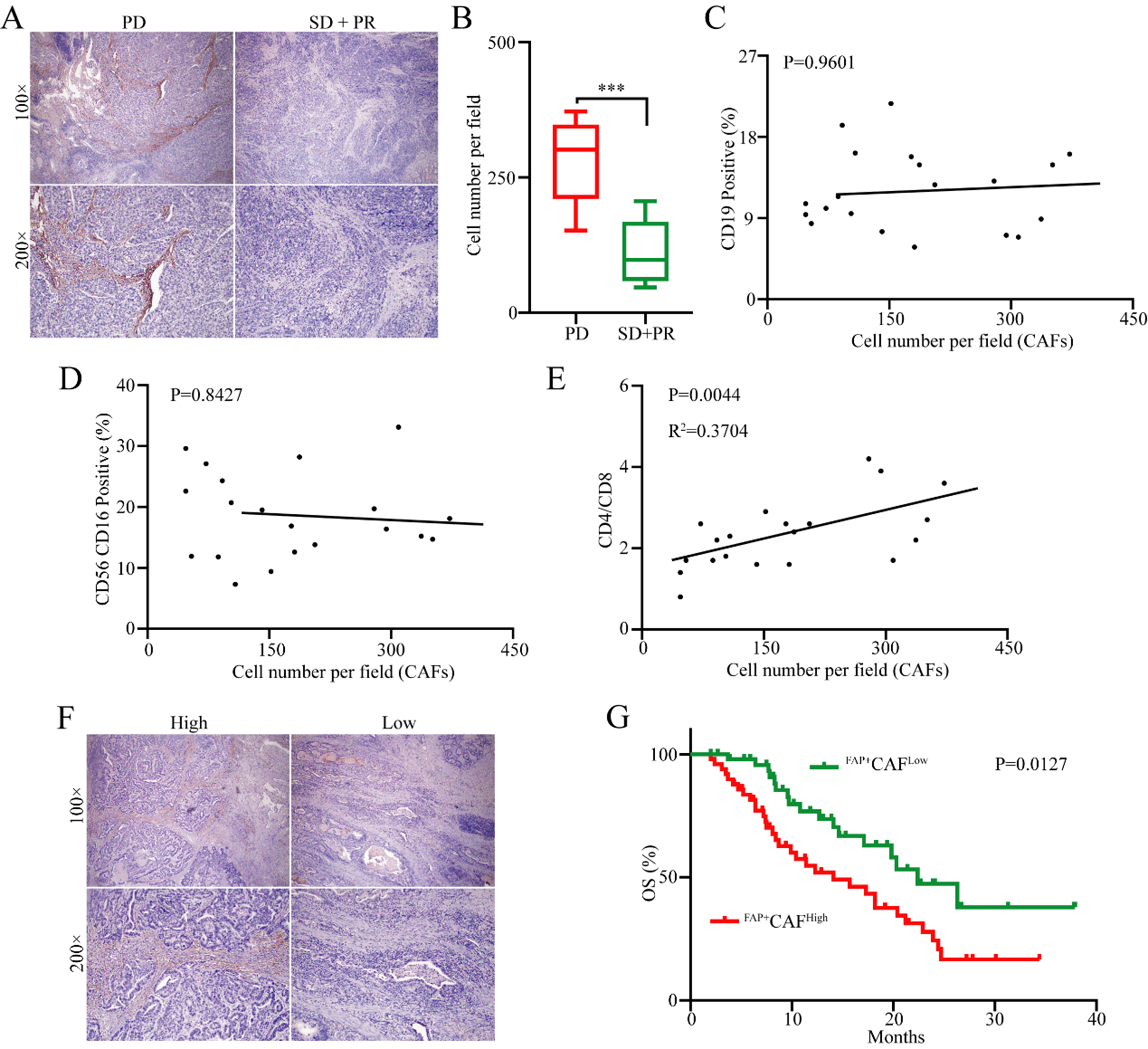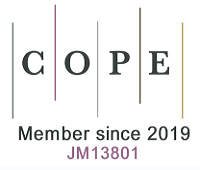fig1
Figure 1. The abundance of FAP+CAFs in tumor tissues is associated with resistance to anti-PD-1 and poor prognosis in GC. (A and B) Immunohistochemical analysis of the relationship between the abundance of FAP+CAFs in gastric cancer tissues from patients receiving frontline immunotherapy and sensitivity to anti-PD-1 (PD: 8 patients; SD + PR: 12 patients); (C) The relationship between the abundance of FAP+CAFs in gastric cancer tissues and the proportion of B cell subpopulations in peripheral blood (CD19/CD45); (D) The relationship between the abundance of FAP+CAFs in gastric cancer tissues and the proportion of NK cell subpopulations in peripheral blood (CD16+CD56/CD45); (E) The relationship between the abundance of FAP+CAFs in gastric cancer tissues and the CD4/CD8 ratio in peripheral blood; (F) Immunohistochemical analysis of the abundance of FAP+CAFs in gastric cancer tissues from GC patients; (G) The relationship between the abundance of FAP+CAFs in gastric cancer tissues and patient prognosis. ***P < 0.001; bars: means ± standard deviation. CAFs: Cancer-associated fibroblasts; GC: gastric cancer.












